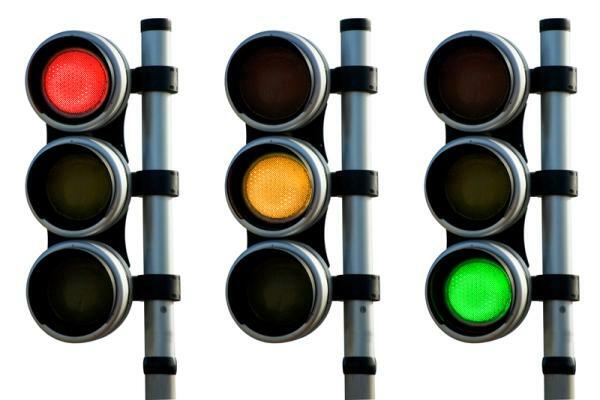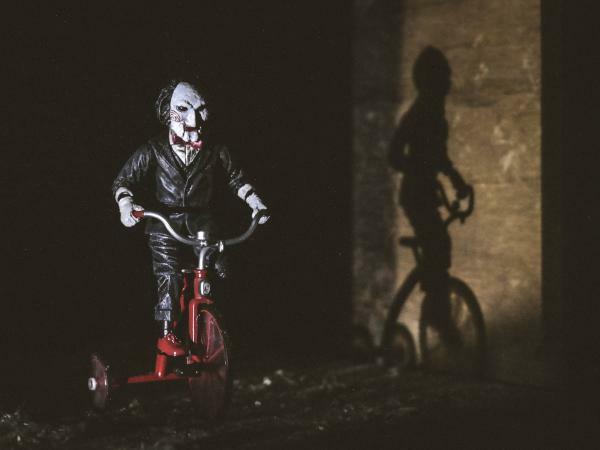
Having a specific phobia of something means having a reaction of fear and exaggerated panic before the stimulus that torments us so much. According to psychology, phobias are distinguished from fear by being disproportionate responses and without an apparent reason. Today, many people suffer from some type of specific phobiaIn fact, they are one of the main reasons for consultation in therapy. But what are the most common phobias?
Next, we are going to offer you a definition of the types of fear according to psychology and a detailed list of the 15 most common phobias in our society. If you want to know in depth which are the phobias that affect more people, do not hesitate to follow reading this interesting article of Psychology-Online where you will find the list of phobias more common.
Index
- The most common phobias
- List of the most common phobias
- Agoraphobia: phobia of open spaces
- Acrophobia or fear of heights
- Fear of flying or aerophobia
- Claustrophobia
- Needle phobia or belonephobia
- Colurophobia or phobia of clowns
- Social phobia
- Glossophobia or fear of public speaking
- Hemophobia or hematophobia
- Scotophobia
- Trypophobia
- Arachnophobia
- Phobophobia
- Thanatophobia
- Cynophobia
The most common phobias.
What are the most common phobias? Before starting this article on the 15 most common phobias, let's answer the following question "What is a phobia?"A phobia is defined as an exaggerated, irrational and uncontrollable fear response towards a stimulus. The origin of phobias can be a traumatic experience of their own or the mere observation of a negative event. Namely, we don't necessarily have to go through a traumatic event to develop a phobia.
Phobias have different levels depending on the discomfort they produce and the avoidance behaviors that the person with said phobia presents.
- For exampleIt is not the same to be afraid of heights but to be able to climb a mountain than to experience an anxiety crisis if we look out from a balcony, even if it is a first floor.
Types of fear
What is fear in psychology? It is important to define the different types of fear since some are more adaptive than others. We can distinguish the fears irrational of the rational, the exaggerated of the controllable and the specific of the general.
- For example, the phobia of needles is an exaggerated, irrational and specific fear (it is only directed to a stimulus). On the other hand, some people who experience social anxiety suffer from a generalized, irrational but controllable type of fear through therapy.

List of the most common phobias.
The most common phobias in our society are the following:
- Agoraphobia: phobia of open spaces
- Acrophobia or fear of heights
- Fear of flying or aerophobia
- Claustrophobia
- Needle phobia or belonephobia
- Colurophobia or phobia of clowns
- Social phobia
- Glossophobia or fear of public speaking
- Haemophobia
- Scotophobia
- Trypophobia
- Arachnophobia
- Phobofbia
- Thanatophobia
- Cynophobia
Next, we are going to explain what each of the most common types of fears consists of.
1. Agoraphobia: phobia of open spaces.
Agoraphobia is one of the most common phobias. People who suffer from agoraphobia are characterized by anxiety and a lot of psychological discomfort when they must face open spaces. Agoraphobia has very marked symptoms and they are the following:
- Fear of going outside
- Irrational fear of being alone
- Mood swings and irritability
- Anxiety symptoms in an open space
- Tendency to avoid social gatherings
If you want to know more about this type of phobia, we recommend you read this interesting article about agoraphobia: what is it, causes, symptoms and treatment.
2. Acrophobia or fear of heights.
The fear of heights is one of the most common phobias in our society. This is because it is an adaptive fear. That is, at an evolutionary level it is normal to be afraid of heights since they are potentially dangerous situations for our physical integrity.
However, when the acrophobia or fear of heights It extends to less dangerous stimuli (climbing stairs, looking out from a balcony, climbing a mountain ...) it becomes a phobia that we must deal with in order to have a normal and calm life.

3. Fear of flying or aerophobia.
Closely linked with the fear that we have commented previously, aerophobia is defined as the fear of airplanes and flying in general. Aerophobia is also one of the most common phobias, derived from an adaptive fear. The aerophobia or fear of flying or it is usually based on the belief or fear of having an accident during the flight. This phobia can become very disabling since it does not allow many people to take flights and travel in this mode of transport.
Treatment for aerophobia is usually the cognitive therapy in order to deal directly with belief and fear. However, for these cases, direct exposure to the stimulus can end up being a fairly effective therapy.
4. Claustrophobia.
Another of the most common and well-known phobias is claustrophobia. Also known as the fear of closed spaces, Claustrophobia is defined as the irrational fear of being in a small place and without access to the outside, such as an elevator, for example. The fear of confined spaces can manifest itself in the form of anxiety attacks, sweating, tension, ...
Claustrophobia, like many fears and phobias, has different levels of severity: from a certain anxiety when entering a small room to a terrible panic that prevents the person in question from entering a closed room.

5. Needle phobia or belonephobia.
Belonephobia, another of the most common and common phobias, is the uncontrollable fear of needles or towards a sharp object. This phobia has its origin in our survival instinct and the unconscious response of not wanting to be harmed. However, when this fear becomes exaggerated and uncontrollable, it must be treated immediately since it can be an impediment when doing some type of medical procedure. Find out here how to overcome the fear of needles.

6. Colurophobia or phobia of clowns.
Coulrophobia, this is what clown phobia is called. The coulrophobia It is a very common fear that usually has its origin during childhood and is that, phobia of clowns it is a phenomenon experienced by more people than we think. Some experts claim that coulrophobia or fear of clowns occurs as an adaptive response to a different and puzzling stimulus. Other people simply claim that clowns are scary, both because of the makeup and because of the gestures they use.
- A 2008 study carried out in different hospitals determined that the use of clowns to reduce anxiety levels was not an effective proposal[1]. In addition, another study conducted in England states that children experience higher levels of discomfort and anxiety when the hospital room is decorated with motifs related to clowns.

7. Social phobia.
Despite not being a specific phobia before a stimulus, we want to highlight the social phobia in this article about the 15 most common phobias since, as indicated by its prevalence (between 3 and 13%), social phobia is one of the most common types of phobias. We define social phobia as a state of anxiety and great discomfort when we are surrounded by people or when we have to attend an event where more individuals are going to attend. Some of the symptoms of social phobia are:
- Avoid relating to others
- Poor social skills
- Difficulty establishing intimate bonds
- Feeling dizzy, choking or anxiety around people
If you experience any of these symptoms, we recommend doing this social phobia test.
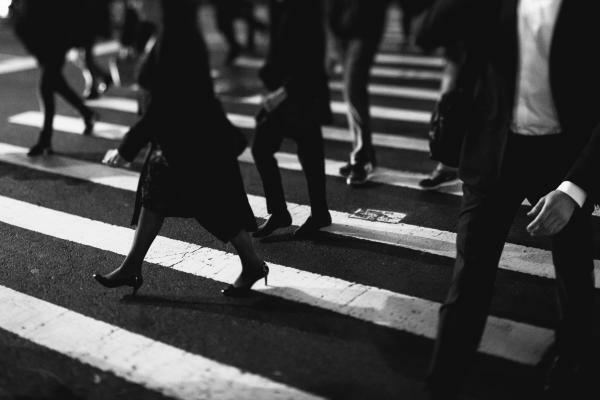
8. Glossophobia or fear of public speaking.
The glossophobia or fear of public speaking It is another of the most common phobias. Glossophobia can be related to the social anxiety that we have discussed previously. There are many people who do not have a good time when they have to speak in public, however, glossophobia can cause really bad panic attacks. One of the factors related to the Scared of speaking in public can be a shy and introverted personality.

9. Hemophobia or hematophobia.
Better known as fear of blood, Hemophobia or hematophobia is characterized by a feeling of dizziness (and even fainting) when seeing blood and the most common and common phobias are also a faith. This fear is closely related to belonephobia (fear of needles), which is why people with hemophobia often avoid needles and sharp objects.
One of the limitations of people with hemophobia is that they have great difficulty helping someone who has suffered an accident since they get dizzy when they see blood and that does not allow them to be aware of that person.
10. Scotophobia.
This name may not sound familiar to you, but fear of the dark It is one of the most common phobias today. The explanation of scotophobia is based on the fear of the unknown and the inability to know what surrounds us. Here you will find explained in depth the causes of fear of the dark in adults.
Our fear shoots up not being prepared for a possible attack and people who suffer from fear of the dark are not able to properly manage these emotions.
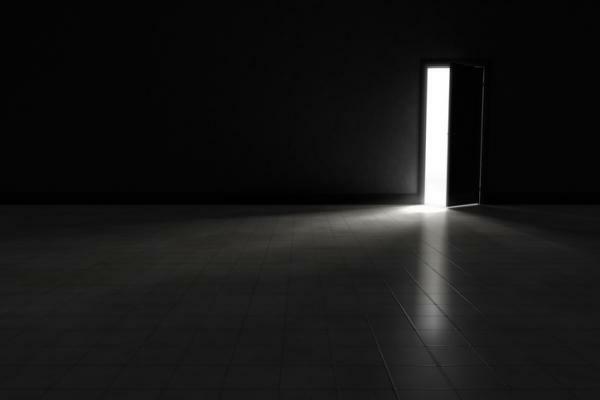
11. Trypophobia.
In this list of the 15 most common phobias, the phobia tripod has also earned its place. This curious phobia is defined as the fear of holes or geometric shapes Close together. If you want to know more, you can read the following article about causes and symptoms of trypophobia in humans.
12. Arachnophobia.
The fear of spiders It is one of the most common phobias in our society. Arachnophobia is the most common specific phobia linked to animals. The typical symptoms that people with arachnophobia present in the presence or possibility of spiders with sweating, increased heart and respiratory rate, dizziness and nausea.
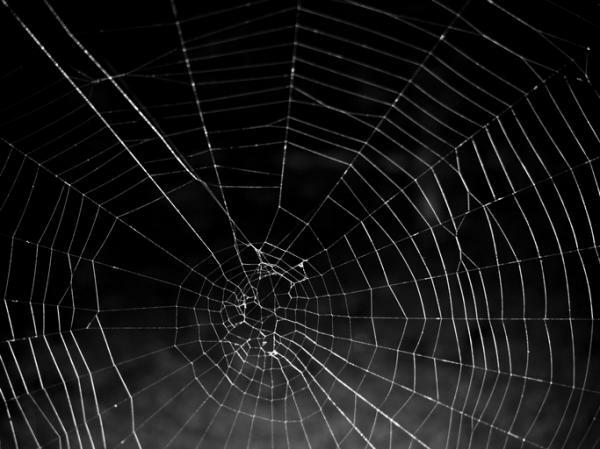
13. Phobophobia.
This type of fear is very surprising since it is defined as the phobia of having a phobia. It is one of the 15 most common phobias and one of the most disabling, since people with phobophobia can feel strong anguish and anxiety at the least danger or possibility of it.
14. Thanatophobia
Also known as necrophobia, one of the most common phobias is the exaggerated fear of death and to die. Thanatophobia is also linked to hypochondria and should be treated if we observe that it prevents us from having a quiet life. In the next article you will find more information about the thanatophobia or fear of dying.
15. Cynophobia.
To end the list of most common phobias, we found cinophobia. They are man's best friend, however, there are people who suffer from cynophobia or fear of dogs. This type of phobia is usually triggered by a traumatic event that produces this fear response.
If you want to know other phobias, in the next article you will find a list of phobias with other types of phobias, as well as weird and funny phobias. In it you will find the rarest phobias in the world.
This article is merely informative, in Psychology-Online we do not have the power to make a diagnosis or recommend a treatment. We invite you to go to a psychologist to treat your particular case.
If you want to read more articles similar to The 15 most common phobias and their definition, we recommend that you enter our category of Clinical psychology.
References
- Meisel, V., Chellew, K., Ponsell, E., Ferreira, A., Bordas, L., & García-Banda, G. (2009). The effect of "hospital clowns" on the psychological distress and maladaptive behaviors of boys and girls undergoing minor surgery. Psicothema, 21 (4), 604-609.
Bibliography
- Caraveo-Anduaga, J. J., & Colmenares, E. (2000). Prevalence of phobic anxiety disorders in the adult population of Mexico City. Mental Health, 23 (5), 10-19.

